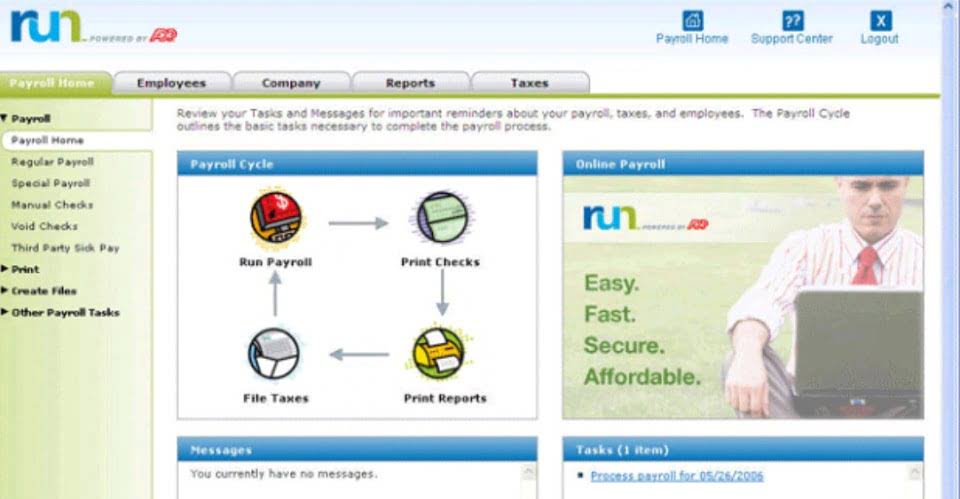
Cash and cash equivalents are a line item on the balance sheet that reports the value of a company’s assets that are cash or can be converted into cash immediately. Cash equivalents include bank accounts and some types of marketable securities, such as debt securities with maturities of less than 90 days. However, cash equivalents often do not include equity or stock holdings because they can fluctuate in value. Companies holding more than one currency can experience currency exchange risk.
Time Value of Money
- Subtract the amount by which you need to replenish the account from the total amount of your vouchers.
- Translation losses from the devaluation of foreign currency are not reported with cash and cash equivalents.
- This cash-over-short account should be classified as an income-statement account, not an expense account because the recorded errors can increase or decrease a company’s profits on its income statement.
- Cash equivalents can be reported at their fair value, together with cash on the balance sheet.
- These discrepancies are not just numerical errors; they have real implications for businesses.
A company uses a cash over and short account to show a discrepancy between the company’s sales records and other reported figures and its audited accounts. For example, if the cash in the register is less than the amount on your sales receipts, then you have a cash shortage, reports Double Entry Bookkeeping. Cash over and short accounts are also used widely to balance the company’s accounting records when it replenishes its petty cash account. All highly liquid investments with maturities of three months or less at the date of purchase are classified as cash equivalents and are combined and reported with Cash. Management determines the appropriate classification cash short and over is classified as a of its investments at the time of purchase and reevaluates the designations at each balance sheet date. For example, the Company classifies its marketable debt securities as either short term or long term based on each instrument’s underlying contractual maturity date.

iGAAP in Focus — Financial reporting: IASB proposes amendments to IFRS 19

A negative result represents a cash short amount, while a positive number represents a cash over amount. Cash over and short scenarios often stem from a variety of operational mishaps. Human error is a frequent contributor, with cashiers sometimes entering incorrect amounts into registers or giving improper change. This is particularly common in high-volume sales environments where the pace of transactions can lead to oversights. Additionally, misinterpretation of currency denominations, especially in countries with similar-looking banknotes or coins, can result in cash drawer imbalances.

Managing Cash Over and Short in Financial Practices
Here, you create a new journal entry in your accounting journal and debit, or increase, each expense account by the amount of cash used by your vouchers. In the example, debit the office supplies expense account for $300, and https://www.bookstime.com/ debit the transportation expense account for $140. The cash overage or cash shortage may also come from the sale and other expense transactions too. However, to make it easy, we will only look at the petty cash transaction as the journal entry is usually the same.
Accounts Receivable

U.S. agency securities, certificates of https://www.instagram.com/bookstime_inc deposit and time deposits, commercial paper, corporate debt securities, and other asset classes as well. Exceptions can exist for short-term debt instruments such as Treasury-bills if they’re being used as collateral for an outstanding loan or line of credit. In other words, there can be no restrictions on converting any of the securities listed as cash and cash equivalents. Count the money remaining in your petty cash account at the end of an accounting period. Now subtract the amount remaining from the account’s original balance to determine by how much you need to replenish the account.


